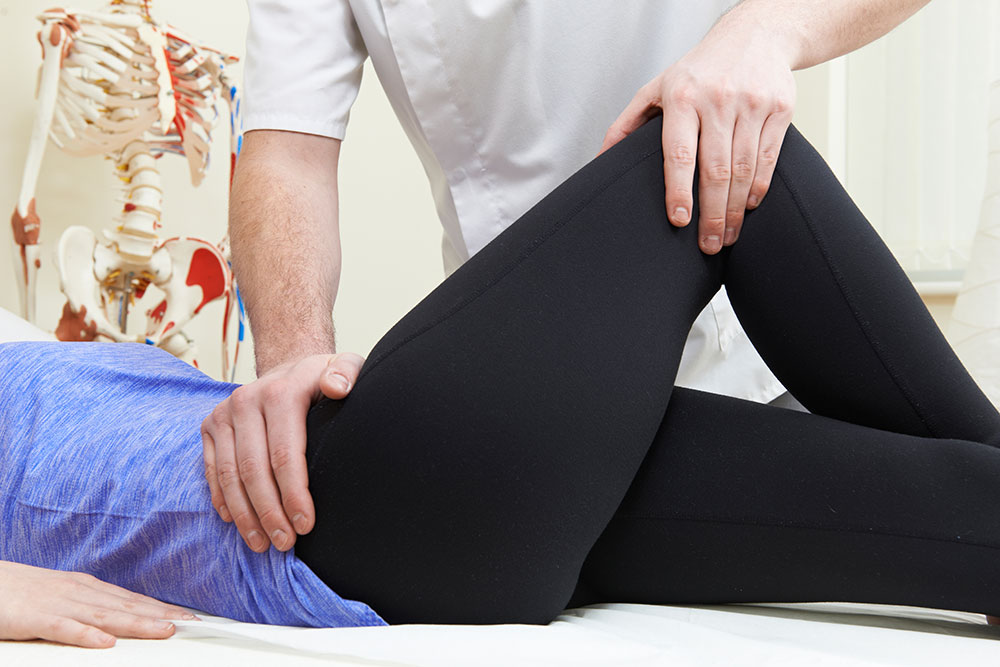Labral Tear of the Hip Joint
A labral tear of the hip joint is a tear to the cartilage lining of the hip joint called the acetabulum which acts as cushioning for the joint.
Labral tear symptoms
Symptoms of a labral tear include pain in the hip or groin. A clicking or locking of the joint can occur. Stiffness and restricted mobility in the hip joint is likely. Symptoms may come on suddenly following an impact or trauma but can also develop gradually if the joint progressively degenerates.
Anatomy
The socket of the hip joint that the thigh bone sits in is called the acetabulum. This is lined by a ring of cartilage called the labrum. The labrum supplies cushioning and support for the hip joint. Tears can occur in the labrum, also known as a hip labral tear or acetabular labral tear. Tears to the labrum are being diagnosed more often due to the improvements and wider availability of MRI scans which is the only way to diagnose a labral tear 100%.
Causes
Labral tears can be acute, caused by trauma such as traffic accidents, collisions and bad falls, falling on to the outside of the hip or twisting on a hip that has a lot of weight on it.
They can also be of gradual onset through repetitive strain on the hip for example in golfers can also be a factor as can impingement of the labrum, known as Femoroacetabular impingement. Two types of impingement can occur either in isolation or some athletes may have both types at the same time.
Cam impingement
Cam impingement occurs when the neck of the femur or thigh bone becomes enlarged or thickened due to additional bone growth. This then impinges on the hip joint and over time causes injury to the labrum. This is also known as a Ganz lesion and is present in almost 80% of patients with femoralacetabular impingement.
It is not known exactly what causes cam impingement. One theory is overloading the growth plates of the femur as an adolescent. Repetitive twisting forces at the hip during activities such as hurdling, horse riding and breastroke swimming may contribute to the deformity. Another theory is genetic factors in that it is simply hereditory as siblings are much more likely to develop impingement.
Pincer Impingement
Pincer impingement occurs when there is a bony growth or spur at the acetabulum which impinges on the femur.
Treatment of labrum tears
Treatment usually requires surgery known as debridement via an arthroscopy (key-hole surgery). The torn part of the labrum is removed. Generally results from this procedure are very good. A rehabilitation program should be followed after surgery to restore full strength and movement to the hip joint and prevent further injuries or instability. If left the injury could degenerate into a worn hip joint with eroding of the hard cartilage on the ends of the bone and development of Osteoarthritis in the hip.
Surgery
Surgery to repair a torn labrum may consist of removing the torn tissue and cleaning out fragments from the joint.
For more information on Labral Tears and the various treatment options please do not hesitate to get in touch with Mr Atwal through our appointments page.



QUICK ENQUIRY


